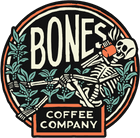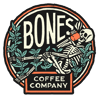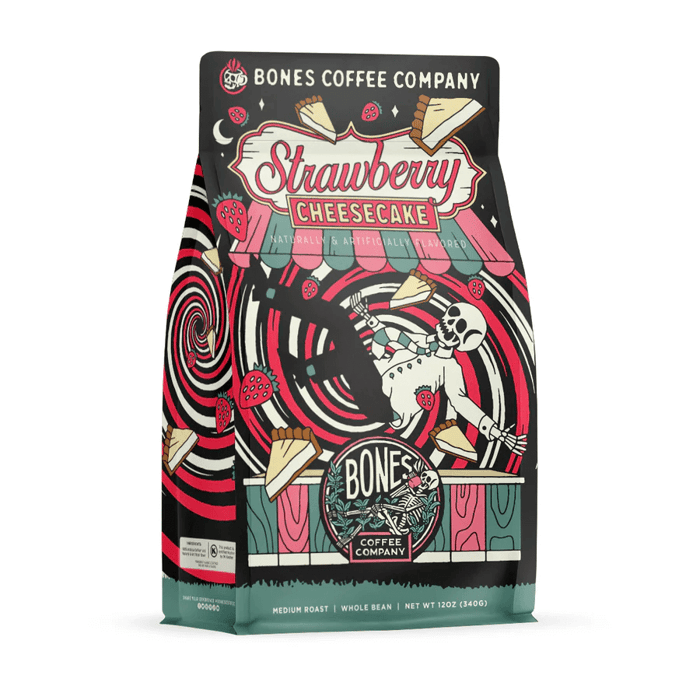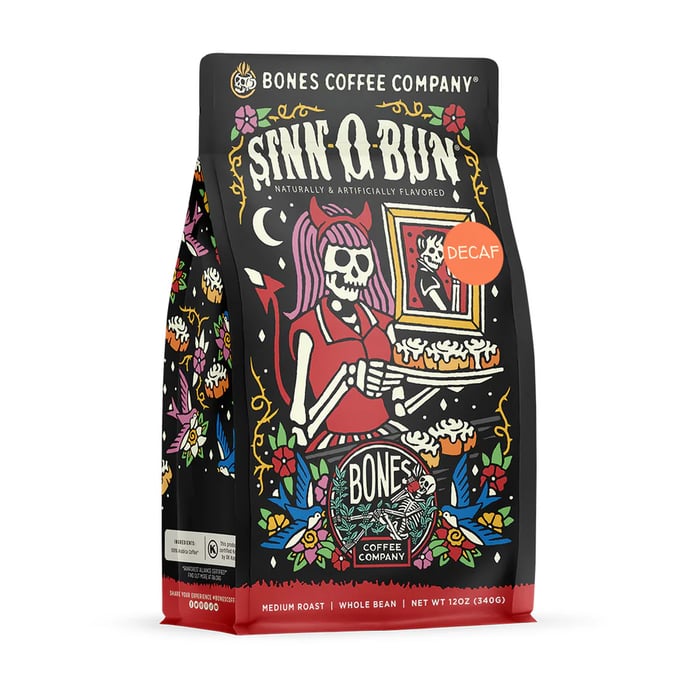You’ve had a tooth extracted, and now you’re wondering when it’s safe to reunite with your favorite cup of coffee. You’re not alone.
For many, coffee is more than a drink—it’s a daily ritual, a quick energy boost, a comfort. But after a dental procedure, it’s important to know when and how you can safely indulge in your brew without interrupting the healing process.
Let’s take a look at how coffee affects recovery, how long you should wait, and what alternatives to try in the meantime
Why You Should Avoid Coffee After a Tooth Extraction
Hot beverages can interfere with the formation and stability of the blood clot that protects the extraction site. This clot is essential for proper healing.
When exposed to heat—especially from drinking coffee—it can become dislodged, increasing the risk of dry socket, a painful condition that significantly delays recovery.
The temperature of hot drinks may also increase blood flow near the wound, leading to bleeding and inflammation during the most critical 24–48 hour period post-procedure.
That’s why it’s generally recommended to avoid hot drinks after tooth extraction until healing is underway.
In addition, drinking coffee increases heart rate and blood pressure due to its caffeine content, which may further complicate healing and contribute to oral discomfort. If you're focused on protecting your oral health after a procedure, it's smart to opt for cooler, caffeine-free alternatives during recovery.
How Coffee Affects Healing
Coffee can interfere with the healing and recovery process after a tooth extraction in a few key ways, especially when consumed too soon.
First, consuming hot liquids like coffee can irritate the sensitive surgical site. The heat may soften or dislodge the protective blood clot, increasing the risk of inflammation and excessive bleeding.
Second, caffeine acts as a stimulant. It may raise heart rate and blood pressure, which can contribute to post-op complications. Caffeine also has a mild dehydrating effect, which can further impair tissue repair during this crucial phase.
For effective post-extraction care, it's best to avoid hot coffee in the initial recovery period and choose cooler, non-caffeinated alternatives to support healing without added risk.
When is It Safe to Drink Coffee After a Tooth Extraction?
Timing your return to coffee is key to preventing complications like dry socket, prolonged bleeding, or unnecessary discomfort.
While every recovery is different, there are general guidelines based on the type of procedure you underwent. These can help you plan your comeback carefully and safely.
General guidelines by dental procedure:
Procedure Type | Safe to Drink Coffee After |
Simple Extraction | 24–48 hours (lukewarm only) |
Surgical Extraction | 48–72 hours or more |
Tooth Filling | Once anesthesia wears off |
For a simple extraction (non-surgical, straightforward removal), you may be able to resume coffee within 1–2 days—as long as it's not too hot and you're showing signs of healing.
A surgical extraction, especially involving impacted or wisdom teeth, may require a longer break of 3 days or more based on swelling, discomfort, and bleeding risk.
If you had a tooth filling, rather than an extraction, the rules are generally more relaxed. Once numbness wears off and you're comfortable, warm (not hot) coffee is typically fine.
These are general timelines. Every patient heals differently, consult your dentist if any concerns arise.
Signs You’re Ready for Coffee Again
In addition to watching the clock, it’s important to monitor your body’s signals to know when it's safe to reintroduce coffee after tooth removal.
Recognizing the right timing can help protect the healing process and avoid setbacks. Here are key signs you're ready to safely drink coffee again:
- Swelling has gone down: Local inflammation at the extraction site has noticeably subsided.
- No active bleeding or oozing: A stable blood clot has formed and remained intact.
- Pain is minimal or completely gone: Discomfort has reduced significantly, and your mouth feels normal.
- You can eat and drink without issues: You’re able to consume soft or semi-solid foods comfortably without disturbing the area.
- Your dentist gives the go-ahead: This is the most reliable indicator. A quick check-up can confirm visible healing and readiness.
If you’re seeing most or all of these signs—and your dentist hasn’t advised against it—you may be cleared to enjoy coffee after tooth removal.
Start with a small amount at a lukewarm temperature to ensure it doesn’t disrupt the healing process.
Bringing Coffee Back into Your Routine
Getting back to your daily coffee ritual after a tooth extraction requires patience and care. While it’s tempting to return to normal right away, even minor missteps—like drinking coffee that's too hot or using a straw—can set your recovery back.
Here’s how to ease coffee safely back into your routine without disrupting your healing:
Wait at Least 24–48 Hours (or Longer If Surgical)
Give your mouth ample time to recover before reintroducing coffee. For simple extractions, a 24–48 hour wait may suffice. For surgical procedures or if you still have pain, swelling, or bleeding, hold off longer. If you're unsure, consult your dentist or oral surgeon first.
Stick With Lukewarm or Cold Coffee
After a tooth extraction, it’s important to avoid hot beverages that can disrupt the healing process. High temperatures may irritate the sensitive area, increase bleeding, or even dislodge the blood clot that’s essential for recovery.
To protect the extraction site, stick with lukewarm or iced coffee during the initial healing phase. Cold brew options are much less likely to cause complications and allow you to gradually introduce coffee back into your routine without compromising your recovery.
If you typically enjoy your coffee hot, simply let it cool for 10–20 minutes before sipping—or opt for a refreshing cold brew instead.
Never Use a Straw
After having a tooth removed, it’s crucial to protect the blood clot forming at the extraction site. Using a straw creates suction inside your mouth—one of the most common causes of blood clot dislodgement. This can lead to dry socket.
Even when drinking iced coffee or other cold drinks, avoid straws entirely during the recovery period. Sip from a regular cup instead, and tilt gently to avoid direct contact with the surgical area.
Whether you're reaching for cold or hot beverages, this small adjustment can make a big difference in protecting your healing mouth.
Take Small Sips and Drink Slowly
Avoid tipping your cup too far back or swishing coffee around your mouth. Use slow, small sips to prevent disturbing the clot or traumatizing the sensitive area. Mindful sipping helps you pace yourself while enjoying your drink.
Try Decaf During Early Recovery
As you heal from a tooth extraction, it's important to take extra care of the forming blood clot, which protects the wound and promotes proper healing.
Caffeine can raise your blood pressure and potentially increase bleeding around the extraction site. It may also cause mild dehydration—another factor you’ll want to avoid during recovery.
Opting for decaf is a smart way to gradually reintroduce coffee without exposing your body to the full effects of caffeine. This lets you drink coffee for the flavor and comfort, while minimizing the risk of interfering with your healing process. It's a gentler option that supports a smoother recovery.
Avoid Sugary Add-Ins and Harsh Acids
As you start drinking coffee again after a tooth extraction, it’s important to keep it simple. Sweet creamers, flavored syrups, and acidic brews can irritate the extraction site and potentially increase the risk of infection or delayed healing. These additives can also stick to teeth and contribute to issues like coffee staining on teeth.
In the days following your procedure—when you’re likely still eating mostly soft and bland foods—it’s best to stick with smooth, low-acid options and avoid anything too rich or harsh. Plain black coffee at a lukewarm temperature is often the safest choice as you reintroduce coffee into your routine.
Best Types of Coffee During Recovery
Not all coffees are created equal—especially when healing from a dental procedure. Here’s how to match your current needs with gentle, recovery-friendly options:
Flavors Worth the Wait
After a tooth extraction, giving your body time to heal is essential, especially when it comes to beloved habits like drinking coffee. Soon enough, you’ll be back to enjoying your favorite cup—with a little more gratitude in every sip.
Want to make that comeback even better? Explore over 30 unique flavors at Bones Coffee Company. Expertly roasted in small batches for bold, smooth flavor. U.S. orders over $75 ship free—your perfect cup is waiting.








